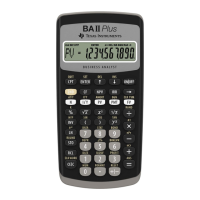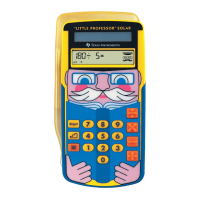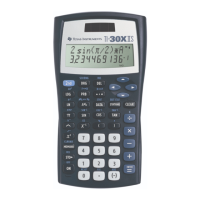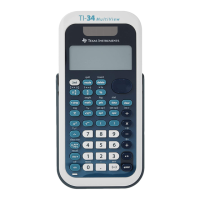Statistics and Data Plots 563
When you press C or D to move to another plot or y(x) function, tracing moves to the
current or beginning point on that plot (not to the nearest pixel).
Using Frequencies and Categories
Using Frequencies and CategoriesUsing Frequencies and Categories
Using Frequencies and Categories
To manipulate the way in which data points are analyzed, you can use frequency values
and/or category values. Frequency values let you “weight” particular data points.
Category values let you analyze a subset of the data points.
Example of a Frequency Column
Example of a Frequency ColumnExample of a Frequency Column
Example of a Frequency Column
In a data variable, you can use any column in the Data/Matrix Editor to specify a
frequency value (or weight) for the data points on each row. A frequency value must be
an integer ‚ 0 if Calculation Type = OneVar or MedMed or if Plot Type = Box Plot. For
other statistical calculations or plots, the frequency value can be any number ‚ 0.
For example, suppose you enter a student’s test scores, where:
• The mid-semester exam is weighted twice as much as other tests.
• The final exam is weighted three times as much.
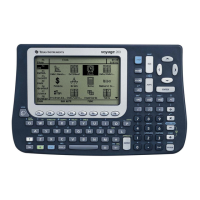
